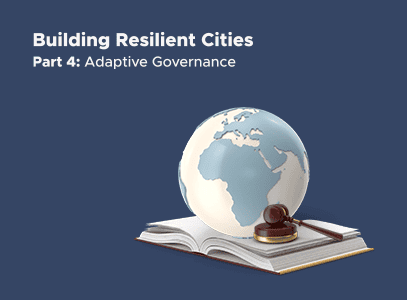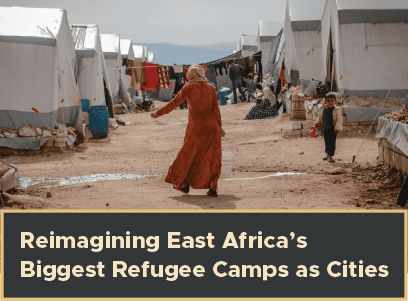A city includes a collection of buildings and infrastructure. However, a city is not just real estate.
Cities are more than that—they are the set of relationships among the people living in a defined area, the businesses that serve the area, and the governance structures those people and businesses operate under. In other words, cities are an amalgamation of all human activities within a singular location.
The distinction between cities and real estate is crucial, yet many new city developers fail to acknowledge it. Instead of focusing on how great cities empower human relationships, some developers overemphasize physical infrastructure. Brasilia is the best example of a poorly designed city. When viewed from above, it looks like an airplane. It was not, however, designed to empower its future inhabitants. Today, the city’s low-income residents are subjected to some of the longest commute times in the world.
A key component of the Charter Cities Institute’s work is the transformation of real estate developments into cities. Real estate developments create value by turning raw materials and land into buildings people can live and work in and then selling those buildings. Cities are different. Cities are not just the transformation of raw materials into buildings—they are much more organic.
Real estate is a one-time value proposition. The buildings are built and sold. The developer pockets the proceeds and walks away. The marginal cost of an additional unit is comparable to the marginal cost of the first unit. Real estate, therefore, doesn’t scale.
Cities are a continuous value proposition. Their value arises from the relationships and agglomeration effects generated by increased proximity between people. These effects can easily scale upwards, as the marginal cost of adding an additional resident is close to zero, so long as the infrastructure has the extra capacity. This leads to a virtuous cycle in which city residents become increasingly productive as they reap the benefits of greater agglomeration.
While there are over 120 master planned cities being built around the world today, most of the projects are more accurately described as real estate developments, rather than as cities. For the Charter Cities Institute to have the impact that we desire to have, we can’t afford to view each city as a collection of real estate projects. Cities need to be seen holistically — as a collection of human interactions made possible by proximity — if today’s new city developments hope to become successful in the long run.







